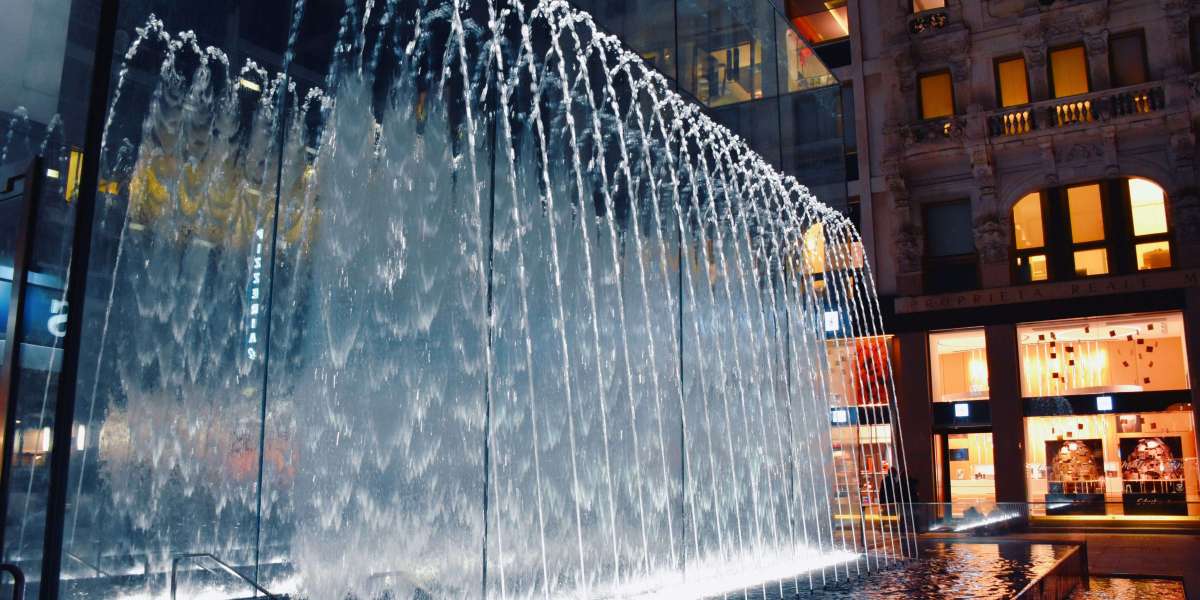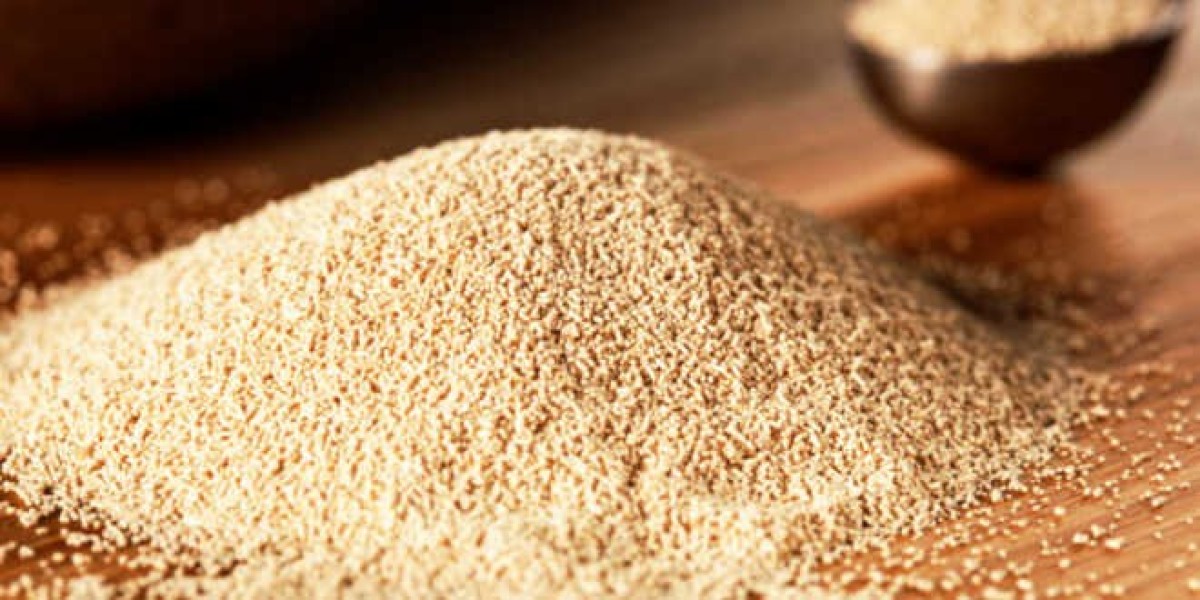Water fountains add a touch of elegance and calm to any home. Whether you want to create a peaceful corner in your living room or beautify your garden, a well-chosen water fountain can transform your space. The calm flow of water may relax your thoughts and provide harmony to your surroundings. With so many options available, choosing the right water fountain can be touchy, especially if you are unsure where to begin. If you’re searching for the best water fountains, The Fountains Store is your go-to destination for top-quality designs in Delhi.
This guide will help you understand how to choose the perfect water fountain for your home. We’ll walk you through key considerations like size, style, materials, and maintenance needs, so you can make an informed decision and enjoy your new water feature for years to come.
1. Consider the Location of the Fountain
Before selecting a water fountain, think about where you want to place it. The location can greatly impact the type of fountain you should buy. Here are a few popular placement options:
- Indoor Fountains: For indoor spaces, choose a compact design that fits well with your existing décor. Many homeowners like to place smaller fountains in living rooms, entryways, or bedrooms to create a relaxing ambiance. Wall-mounted and tabletop water fountains are great options for indoor use.
- Outdoor Fountains: If you’re looking for a fountain for your garden, patio, or yard, larger, more durable designs like tiered or free-standing fountains are ideal. Outdoor fountains can serve as a beautiful focal point, attracting birds and adding the serene sound of flowing water to your outdoor space.
2. Pick the Right Size
Once you’ve decided where to place your water fountain, consider the size. The size of the fountain should be in proportion to the space you have. A small fountain in a large garden may get lost, while an overly large indoor fountain can feel overwhelming in a small room.
- Indoor Spaces: For smaller indoor spaces, a tabletop or wall-mounted fountain is ideal. These designs don’t take up much space but still offer the soothing sound of flowing water. If you have a spacious room, a medium-sized floor fountain can add a dramatic effect without overcrowding the space.
- Outdoor Areas: Larger outdoor spaces can handle grander, more elaborate fountains. Tiered fountains or pond-style fountains look beautiful in bigger gardens, while a small, elegant fountain can complement a cozy patio or balcony.
3. Choose a Style that Complements Your Décor
Water fountains come in many styles, from traditional to modern. It’s important to pick a fountain that complements your home’s overall look and feel. Here are some popular styles:
- Classic Designs: If your home has a traditional or vintage décor, look for classic, ornate designs. Tiered fountains or those featuring statues or antique finishes can add a sense of history and elegance to your home.
- Modern Fountains: For contemporary homes, minimalist fountains with clean lines and sleek finishes work well. Stainless steel or glass fountains with LED lights can create a modern, artistic vibe in your living space.
- Natural Fountains: If you prefer a more organic look, opt for natural materials like stone, slate, or bamboo. These fountains blend seamlessly with natural surroundings and bring an earthy, calming atmosphere to your home.
4. Consider the Material
The material of your water fountain affects its durability, appearance, and maintenance needs. Here are some common materials:
- Stone or Concrete: Stone and concrete fountains are durable and have a timeless look. These materials are commonly used in outdoor fountains, and they can withstand different weather conditions. However, they are heavier and may require more maintenance.
- Metal: Metal fountains, often made of copper or stainless steel, offer a sleek, modern aesthetic. They are lightweight and rust-resistant, making them easy to maintain indoors or outdoors. However, they may develop a patina over time if left outside.
- Ceramic or Glass: These materials are often used in decorative fountains. Ceramic or glass fountains are best for indoor use and come in a variety of colors and shapes. They add a delicate, artistic touch to any space.
5. Maintenance and Care
Every water fountain requires some level of maintenance to keep it functioning properly. When choosing a fountain, consider how much time you’re willing to dedicate to its care:
- Indoor Fountains: Indoor fountains generally need less maintenance than outdoor ones. Make sure to clean the pump regularly to prevent clogging, and change the water every few weeks to keep it fresh.
- Outdoor Fountains: Outdoor fountains need more attention due to exposure to dirt, leaves, and weather conditions. Regular cleaning is essential to avoid algae growth and ensure the pump runs smoothly. In colder months, it’s best to cover or store your outdoor fountain to prevent damage from freezing temperatures.
Conclusion
A water fountain can add beauty, calm, and a unique element to your home. Whether you’re looking for a small, soothing fountain for your living room or a grand statement piece for your garden, choosing the right one will enhance your space and bring lasting enjoyment. By considering factors like location, size, style, materials, and maintenance, you’ll be able to find the perfect water fountain. Be sure to visit The Fountains Store in Delhi to explore a wide range of stunning water fountains and get expert advice on choosing the best fountain for your home.








